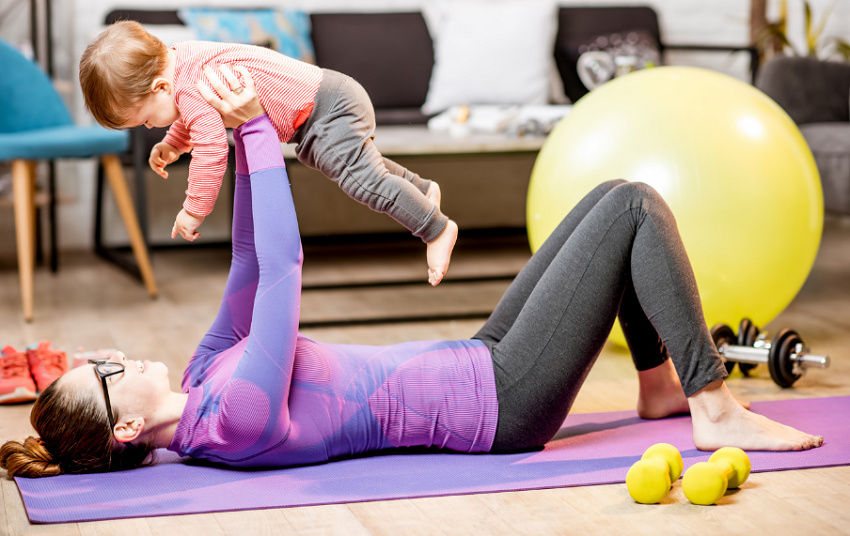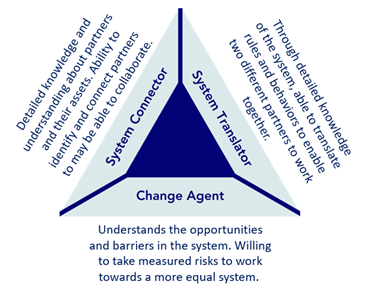Your Active Voice
Take our survey for the Lincolnshire sport and physical activity sector

What does a place need in order to embed physical activity within its local health and care system?
That is a question that we are continually exploring. Supported by Dr Rebecca O’Connor of ROC Research Consultancy, I have been working to better understand the people, relationships and networks needed to make a change in the system. She has produced a model that holds three core elements: System Connector, System Translator and Change Agent. The three are not mutually exclusive, instead there are moments when a person might flex between roles however, we have found that you need all three to be covered in order to be successful.

As we ventured around Mablethorpe recently, I was looking at which role best suited different partners and in what context did it work best? I tried to bring that down to a neighborhood level using the assets that I could see in front of me. For example, there is a clear need to join the maternity services, children’s centres and physical activity providers together.
Mablethorpe Children’s Centre might take on the role of 'System Connector', bringing mothers and their children to a session. They know who the families are with the most need. The 'Translator' role might be achieved by the Community Midwife during antenatal and postnatal care conversations or perhaps the GP at Marisco Medical Practice during the six-week checkup. In these moments, they have an opportunity to advocate physical activity and demystify the belief that it means getting sweaty by running or joining a sports club. The local physical activity provider could step in and be the 'Change Agent' by supporting the mothers to access a suitable, meaningful, accessible activity. This might mean that the Station Sports Centre, operated by Magna Vitae, will need to re-think their offer. Some classes are completely in-appropriate for this type of client, however the skills that the trainers have are essential in order to support this group of people to make positive changes. A challenge we have is how to maximise those skills and ways of working into a context that encourages behavior change. Perhaps there is a role in the marketing and interactions that the facility has with this cohort?
For pregnant or postnatal Mablethorpians, they need to know that the system around them has their best interests at heart. That means ensuring every opportunity to advocate the positive role of physical activity is taken. We can support this with effective training of the workforce and advocating good messaging within the place. Active Lincolnshire will instigate a small pilot activity to evaluate the theory above and in doing so I know that we will learn much more about place-based working and the needs of our communities.
To get involved, or for further discussion, please get in touch with Communications@ActiveLincolnshire.com